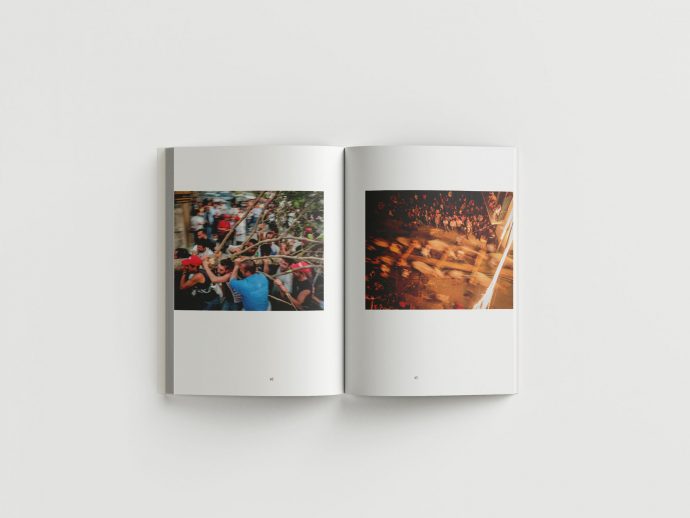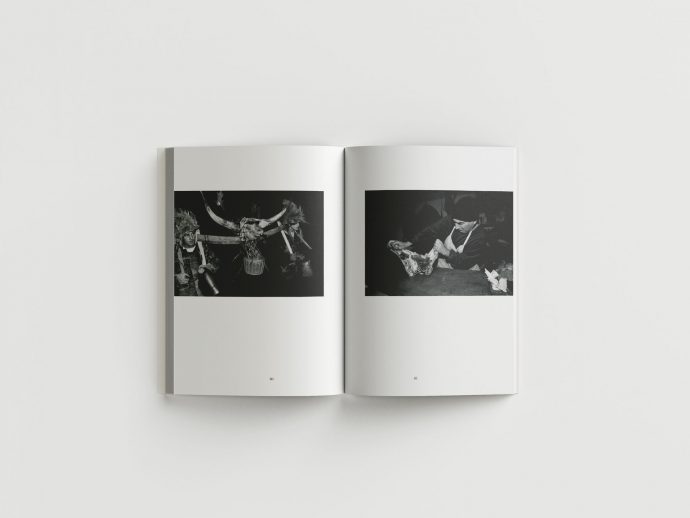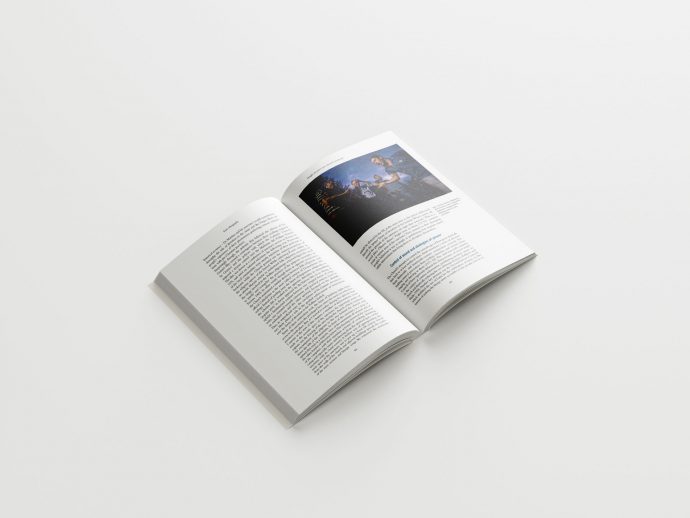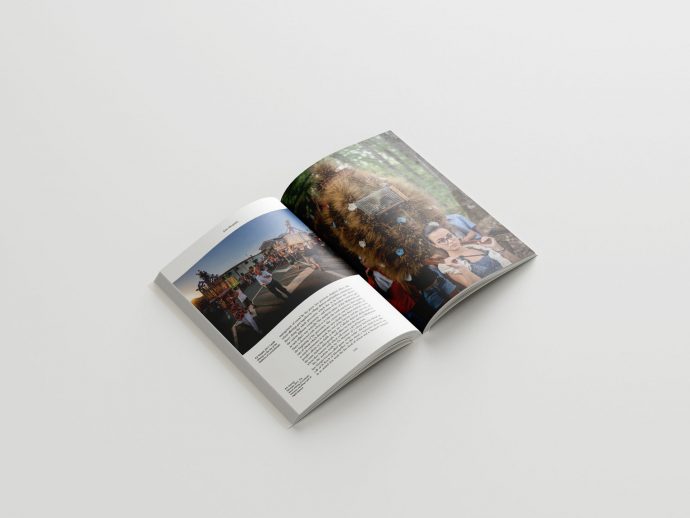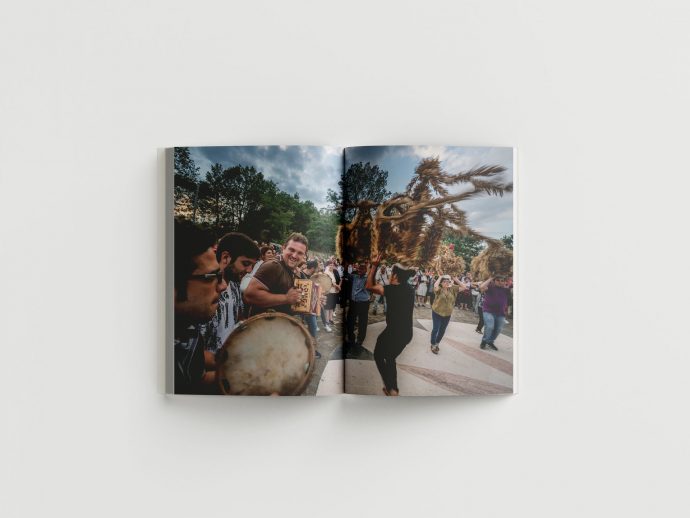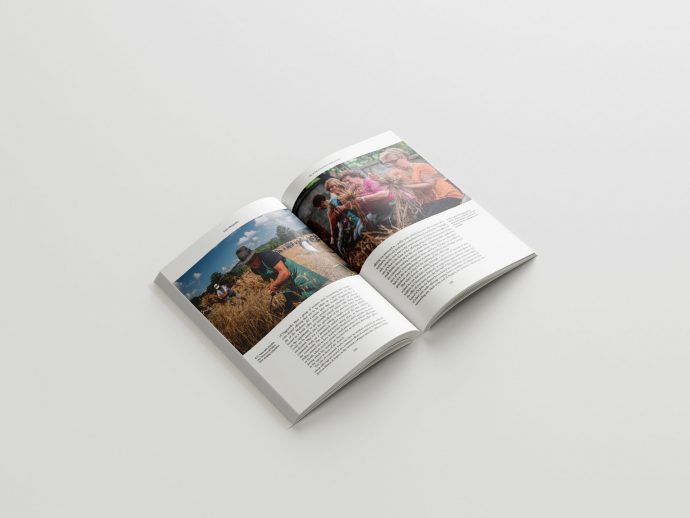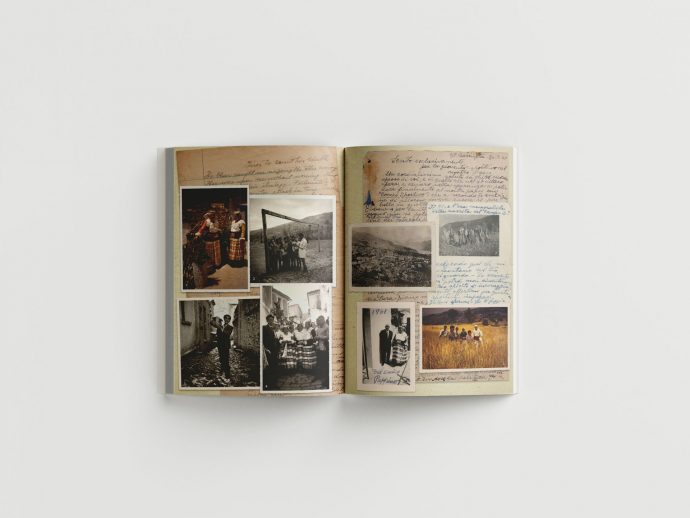I am happy to announce the publication of Sonic ethnography, a book by myself and by Nicola Scaldaferri that explores the role of sound-making and listening practices in the formation of local identities in the southern Italian region of Basilicata. With an approach that cuts across sensory anthropology, sound studies and ethnomusicology, the book demonstrates how in the acoustic domain tradition is made and disrupted, power struggles take place and acoustic communities are momentarily brought together in shared temporality and space. Based on research spanning thirty years, it provides an innovative take on soundful cultural performances such as tree rituals, carnivals, pilgrimages and more informal musical performances, with particular attention to the interactions between classic ethnographic scholarship from the past century and the local politics of heritage.
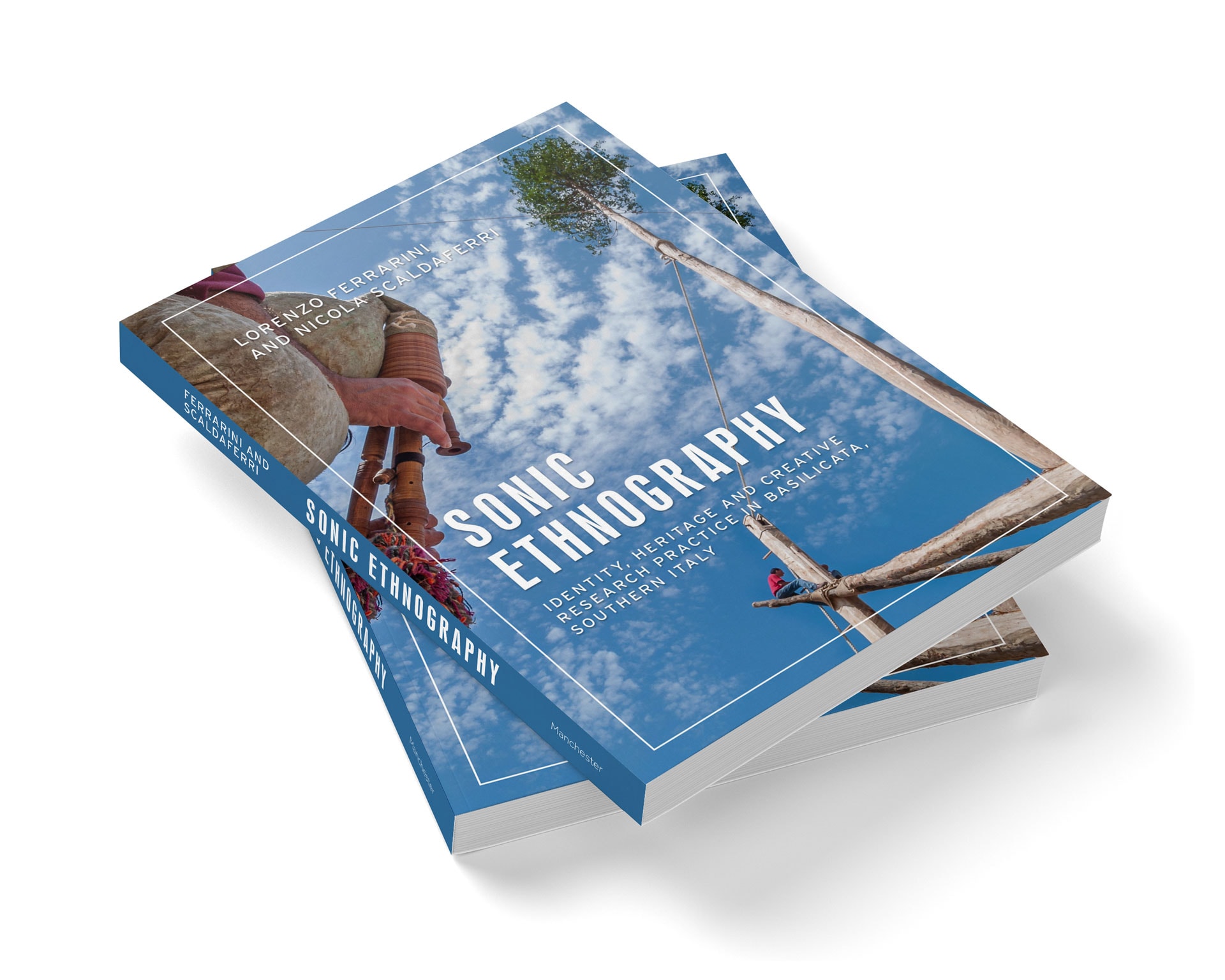 Printed in full colour, with 76 images and more than an hour of sound recordings, Sonic ethnography uses a unique combination of media to investigate distinctive ways of knowing, beyond more traditional ethnographic forms of representation. Two methodological chapters, respectively on music-making as creative research practice and on photo-ethnography, make the book an essential contribution for those interested in the production of sounds and still images as relational and interactive approaches to fieldwork. The pioneering anthropologist of sound, Steven Feld, collaborated to some of the research and contributed to the book an afterword and a soundscape composition. While most of the photographs in the book are mine, it also features a photo series by Stefano Vaja.
Printed in full colour, with 76 images and more than an hour of sound recordings, Sonic ethnography uses a unique combination of media to investigate distinctive ways of knowing, beyond more traditional ethnographic forms of representation. Two methodological chapters, respectively on music-making as creative research practice and on photo-ethnography, make the book an essential contribution for those interested in the production of sounds and still images as relational and interactive approaches to fieldwork. The pioneering anthropologist of sound, Steven Feld, collaborated to some of the research and contributed to the book an afterword and a soundscape composition. While most of the photographs in the book are mine, it also features a photo series by Stefano Vaja.
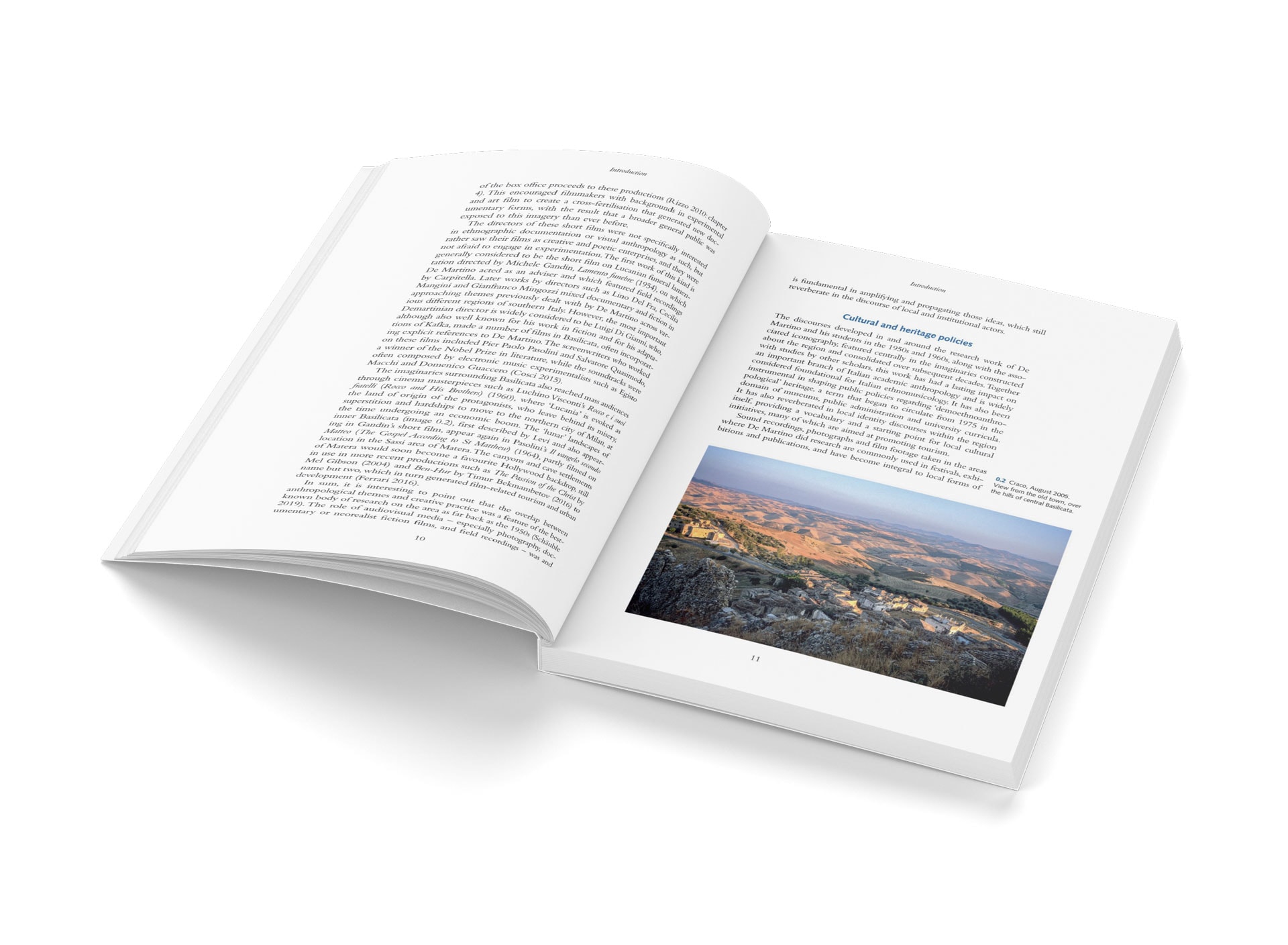 Through its analysis and its format, Sonic ethnography makes a compelling argument for taking sound seriously as a crucial component of social life and as an ethnographic form of representation. The book is available in paperback format and as an ebook online (Open Access) through Manchester University Press. You can read the table of contents and find out more information on the publisher’s website.
Through its analysis and its format, Sonic ethnography makes a compelling argument for taking sound seriously as a crucial component of social life and as an ethnographic form of representation. The book is available in paperback format and as an ebook online (Open Access) through Manchester University Press. You can read the table of contents and find out more information on the publisher’s website.
Awards:
2021 International Council for Traditional Music Book Prize
“It is experiential, exciting, and a genuine pleasure to read”
“This is a sublime and exhilarating work. Its multi-faceted, multi-media approach is truly breathtaking; the photography itself conveys sound just as much as the text and sound files do”
“The sensory submersion into cultural practice has the effect of bringing the audience in as participants; a truly successful way of imparting knowledge and experience”
“Their thoughtful reflections on methodology and theoretical musings provide a wealth of insights on cultural politics, heritage policies, arts practice research, creative interventions, and photography in anthropology”
2020 John Collier Jr Award for Still Photography by Society for Visual Anthropology, American Anthropological Association
“…a rich, innovative source for teaching Visual Anthropology. This publication effectively combines excellence in the use of still photography integrating the photos beautifully in relationship to sound and text”
Reviews:
“Sonic Ethnography offers an astonishingly rich occasion to study ethnography, and deserves to be read, heard, and assigned widely. […] Ferrarini and Scaldaferri have written an outstanding and remarkable book, which deserves to be accompanied by a soundscape of collective applause, whistles, and hearty shouts of ‘Bravo!’”
Noelle Molé Liston (2022) PoLAR: Political and Legal Anthropology Review
“[Ferrarini and Scaldaferri] ask us to follow the rhythm of a photographic series or to listen to the arguments conveyed in an edited soundtrack. In doing so, they also draw attention to the deep relation that exists between artistic endeavor, academic inquiry, and shared sensory experience.”
Maria Fernandez-Pello (2021) ‘[Review] Sonic Ethnography’, entanglements, 4(1): 93-94
“In this move beyond multimodal anthropological representation, the meaning of each of the book’s components emerges through its synchronies and asynchronies with other components (2021, p. 18), or what Feld calls “inter-medialities” (p. 188). Openings for reader-listener-viewer interpretation appear when anthropological and ethnomusicological representations in text, image, and sound rub against each other or take off in different directions.”
Juliet Glazer (2021) ‘[Review] Inter-medial openings in Sonic Ethnography‘, entanglements, 4(1):95-97


